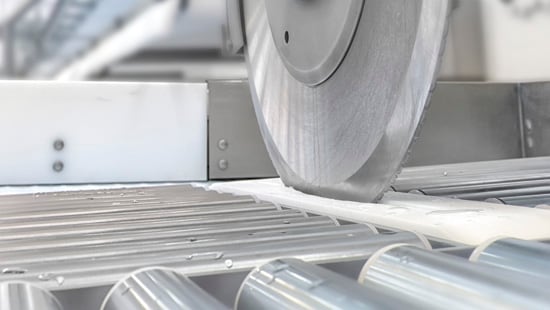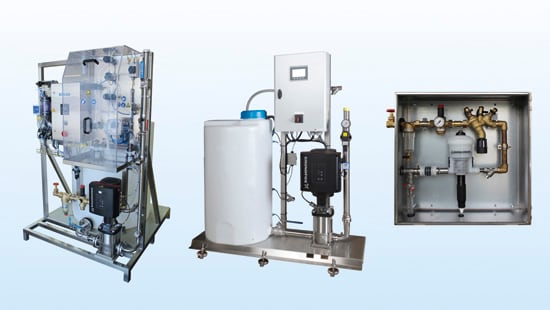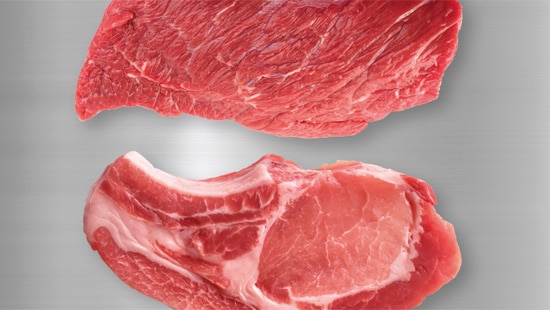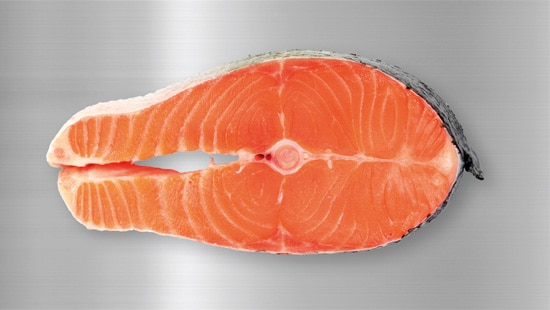
In-Process Disinfection
With Inspexx 210
With the Inspexx technology your operation benefits from an elevated hygiene level throughout the processing lines during the production process.
The hygiene intervention by Inspexx supports:
- Improved Hygiene of the Processing lines and Surroundings
- Increase Food Quality and Safety
- Improved Operator Safety
- Reduced CO2 footprint
- Cost Control
- Audit Readiness with a clear Protocol and Documentation
As opposed to end of shift cleaning and disinfection taking place at the end of a long production shift, In Process Disinfection with Insepxx 210 is continuously applied on the processing surfaces during the production process in order to contain undesired microbial growth over time. It helps reducing the accumulation of organic soiling and subsequent cross-contamination along the production line.
In Process Disinfection with Inspexx 210 is an established methodology as
- Alternative system having an equivalent effect like 82°C hot water in slaughter and cutting lines (Regulation (EC) 853/2004)
- Effective biocide (BPR (EU) 528/2012) for hard surface disinfection in food processing areas, e.g. conveyor belts or food crates

Inspexx 210
- Fast-acting liquid based on mixed peracids
- Low use concentration of 0.16%
- Use with cold water
- Effective at very brief contact times even in presence of organic soiling

Dosing Equipment
- Safe and reliable dosing equipment in various dimensions fit to purpose
- Defined by engineers, based on throughput, size and site conditions surveyed by Ecolab field experts

Service and Maintenance
- Ecolab expertise, including consulting, execution, validation and verification of the procedure
- Scheduled service based on a equipment and service agreement
- Local Inspexx Champions team up for world class service
Resources

Meat
To prevent cross-contamination and minimise germ transmission in slaughter lines, the Regulation (EC) No 853/2004 requires, that slaughterhouses and cutting plants must have facilities for disinfecting implements with hot water supplied at not less than 82°C, or an alternative system having an equivalent effect.

Poultry
The aim of treating implements such as pelvic drillers, abdominal skin trimmers, package hooks, eviscerators, crop drillers, neck skin cutters, lung vacuum devices, etc. is to reduce bacteria which could have been transferred to them from potentially contaminated slaughtered animals or flaws in the slaughtering process.

Fish
Contamination occurring in primary fish processing plants may cause problems further along the supply chain.
Quality defects lead to product spoilage and affect shelf life. Contamination with pathogenic germs which entails a risk to consumers is particularly critical.


